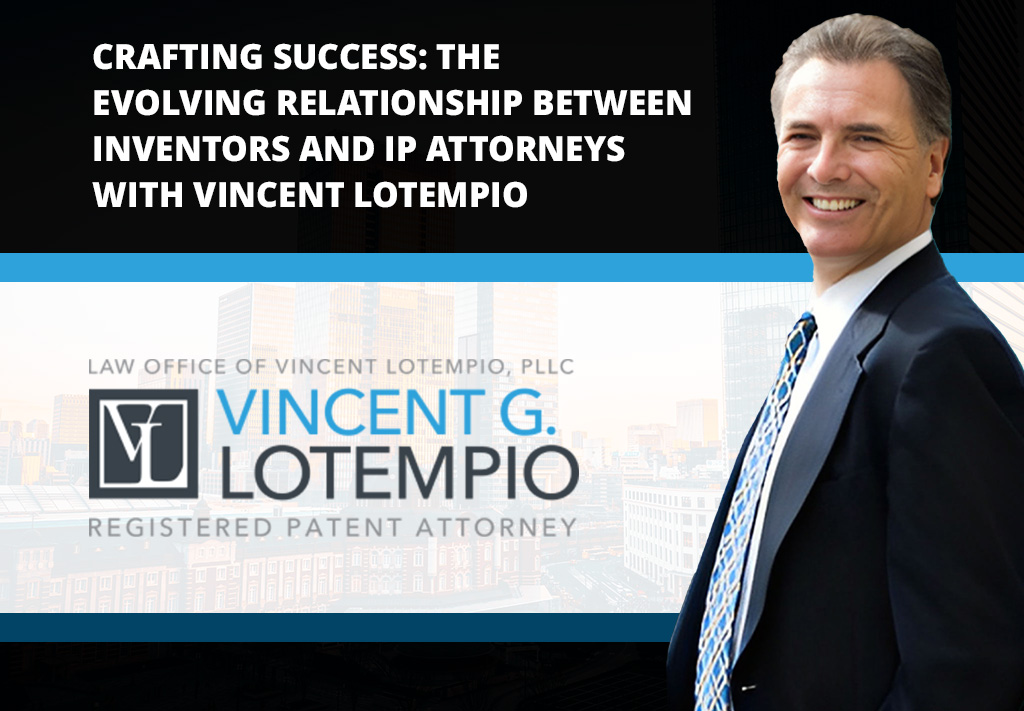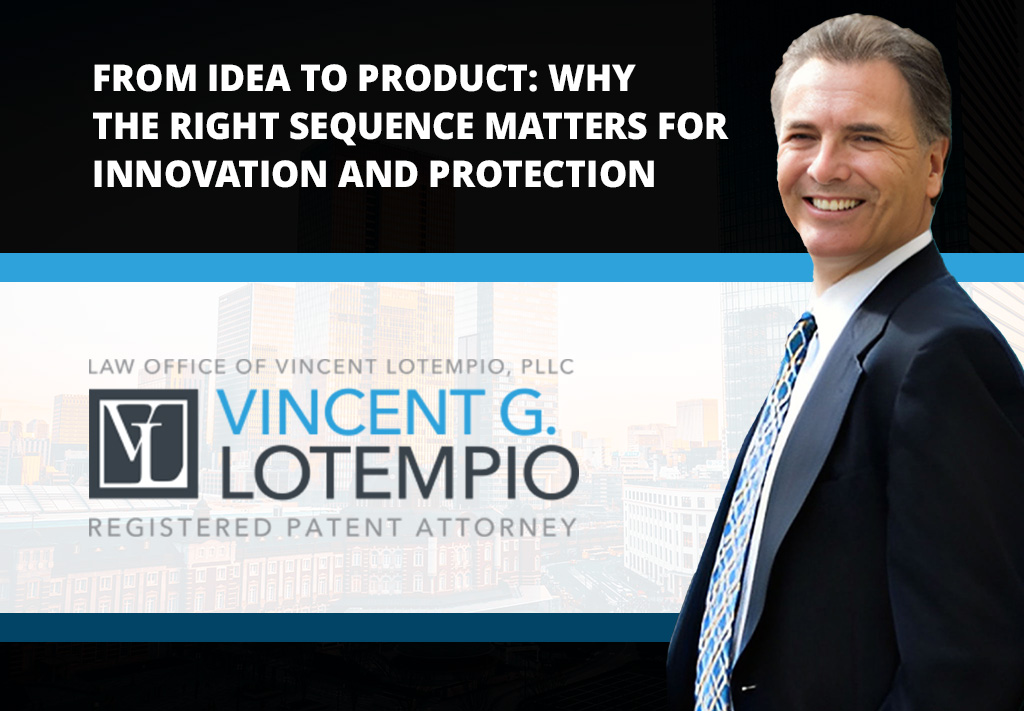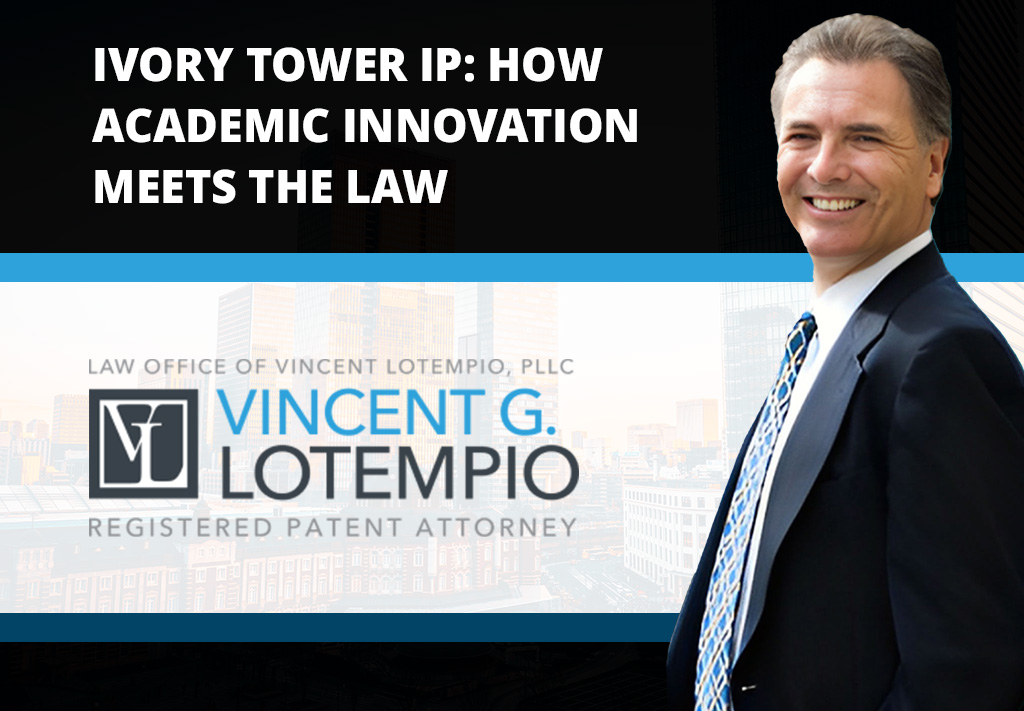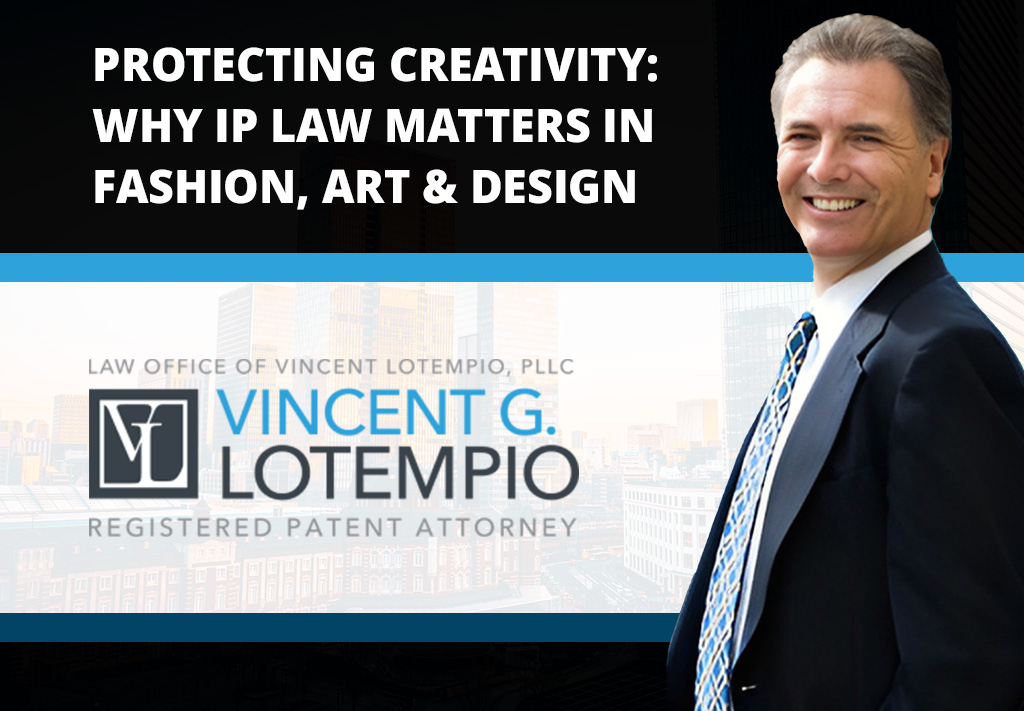WHAT A PATENT IS
The answer to the question “What is a patent?’ may vary greatly, depending on the person answering the question and that person’s association with patents or the patent system.
There are three basic characteristics commonly attributed to patents:
- The contractual characteristic. In viewing the patent as a contract, the focus is on the contractual exchange between two parties the inventor and the government. The inventor gives a full disclosure of the invention and how to make and use it so that when the patent expires, the public will be in possession of the invention. In return, the government gives the inventor the right to exclude others from using his/her invention for a limited period of time.
- The property characteristic. Patents have a right of ownership similar to real property that can be transferred in whole or in part. In a manner analogous to real estate, a patent can be sold, or it may be “rented” (licensed) and “rent” can be collected for its use (royalties).
- The monopoly characteristic. The “monopoly” associated with patents is limited in time and negative in nature (i.e., exclusionary).
The U.S. patent law defines the patent grant as
“…a grant to the patentee… of the right to exclude others from making, using or selling the invention throughout the United States…”
In this definition, the word “exclude” is key to an understanding of patents. The patent grant provides the patentee with the right to exclude others from practicing the invention.
WHAT A PATENT IS NOT
A patent is not a license to make, use or sell your invention. It does not give the patentee the right to practice his/her invention. The most common misconception concerning patents is that a patent gives one a right to practice his/her invention. In fact, it is not uncommon for an inventor to be granted a patent and not have the right to practice the invention.
The patent merely grants the patentee the right to stop or exclude others from practicing the invention. At the same time, the patented invention may be directed to subject matter that falls within the exclusive rights of someone else’s broader patent. In such an instance, the broader patent is said to dominate.
Such a situation commonly occurs when the second patented invention represents an improved version of an earlier issued, more basic patent. The owner of the earlier dominating patent may be free to practice the basic invention (but may not be free to practice the improved version of the second patentee). The second patentee may not be free to practice either invention without permission of the first patentee.









